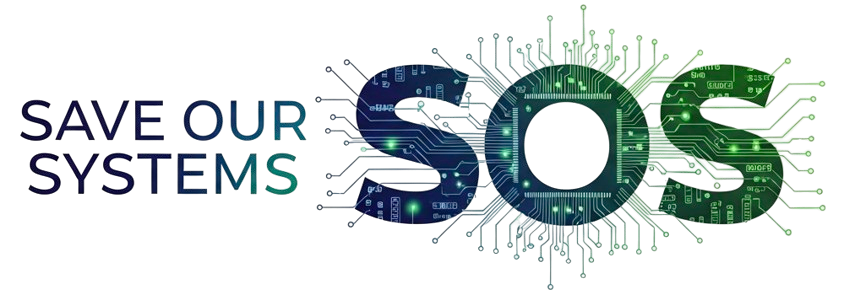Checklist Manifesto Book Review

The Checklist Manifesto: How to Get Things Right
By Atul Gawande
Published: December 2009 (First Edition), January 2011 (Paperback)
Brief Overview
"The Checklist Manifesto" explores how the simple tool of checklists can significantly reduce errors and improve outcomes in complex situations. Drawing from examples in aviation, construction, and medicine, Dr. Gawande demonstrates how checklists help manage complexity by ensuring critical steps aren't missed and by improving team communication. The book presents compelling evidence that this straightforward approach can save lives and prevent failures across various high-stakes industries.
The Central Argument
At the heart of Gawande's argument is a fundamental dichotomy of failure: ignorance versus ineptitude. He argues that in the modern world, our failures are increasingly due to ineptitude (failing to apply knowledge correctly) rather than ignorance (lack of knowledge). As he states, "We have just two reasons that we may fail: ignorance—we may err because science has given us only a partial understanding of the world and how it works—and ineptitude—because we fail to apply the knowledge we have correctly."
The volume and complexity of modern knowledge has exceeded individual human capacity to consistently apply it correctly. As Gawande notes, "The volume and complexity of what we know has exceeded our individual ability to deliver its benefits correctly, safely, or reliably. Knowledge has both saved us and burdened us." This reality makes systematic approaches necessary for reliable outcomes across various disciplines.
Psychological Resistance
Despite their proven effectiveness, many professionals resist using checklists. This resistance often stems from ego and misconceptions about expertise rather than rational assessment of effectiveness. "We don't like checklists... It somehow feels beneath us to use a checklist, an embarrassment," Gawande observes, capturing the psychological barrier many experts face when presented with this tool.
Design and Implementation
Effective checklists share specific characteristics that distinguish them from detailed manuals or protocols:
- They are precise and efficient
- They focus on critical steps most likely to be missed
- They remain practically usable under pressure
- They balance thoroughness with brevity
As Gawande explains, "Good checklists are precise. They are efficient, to the point, and easy to use even in the most difficult situations. They do not try to spell out everything—a checklist cannot fly a plane. Instead, they provide reminders of only the most critical and important steps—the ones that even the highly skilled professionals using them could miss."
Cognitive Benefits
One of the most compelling aspects of checklists is how they free up cognitive resources: "The checklist gets the dumb stuff out of the way, the routines your brain shouldn't have to occupy itself with, and lets it rise above to focus on the hard stuff." This directly connects with productivity methodologies like Getting Things Done, which similarly aims to move routine items out of the mind and into trusted systems.
Team Dynamics
Beyond individual error reduction, checklists improve team performance by:
- Establishing clear communication protocols
- Flattening hierarchies when necessary
- Creating shared expectations
- Distributing responsibility
Gawande succinctly captures this benefit with the observation that "Man is fallible, but maybe men are less so," highlighting the collective advantage of systematic approaches in team settings.
Limitations
While advocating for checklists, Gawande acknowledges their limitations. They require proper implementation, cultural acceptance, and cannot fully replace expertise or judgment. "Under conditions of complexity, not only are checklists a help, they are required for success. There must always be room for judgment, but judgment aided—and even enhanced—by procedure." This nuanced view strengthens his overall argument by demonstrating intellectual honesty about the solution he proposes.
My Rating and Rationale
I give this book 4 stars out of 5. The concept of checklists as cognitive tools that "get the dumb stuff out of the way" resonates strongly with my own experience with productivity systems like Getting Things Done. I particularly appreciate Gawande's distinction between checklists and detailed procedures—the former being more like reminder systems for critical steps rather than exhaustive instructions.
The book offers valuable insights into how systematic approaches can complement rather than replace expertise, which is a nuanced position often lost in discussions about process improvement. The cross-industry examples from aviation, construction, and medicine provide compelling evidence for the universal applicability of these principles.
However, I would have appreciated more examples and practical stories to illustrate the implementation challenges and successes. While the book makes a strong case for why checklists matter, additional guidance on creating and implementing effective checklists would have made it even more actionable for readers.
★★★★☆




